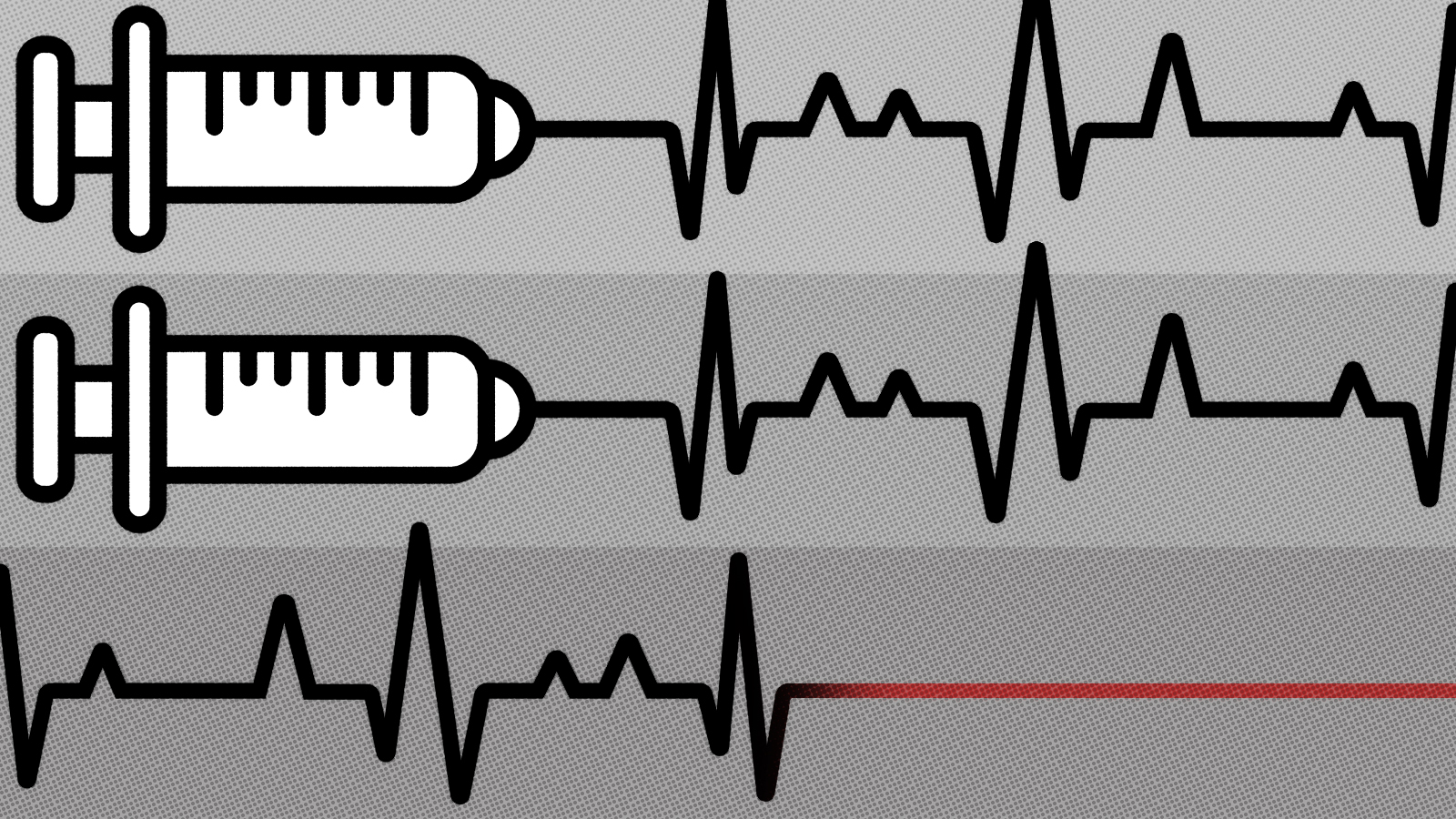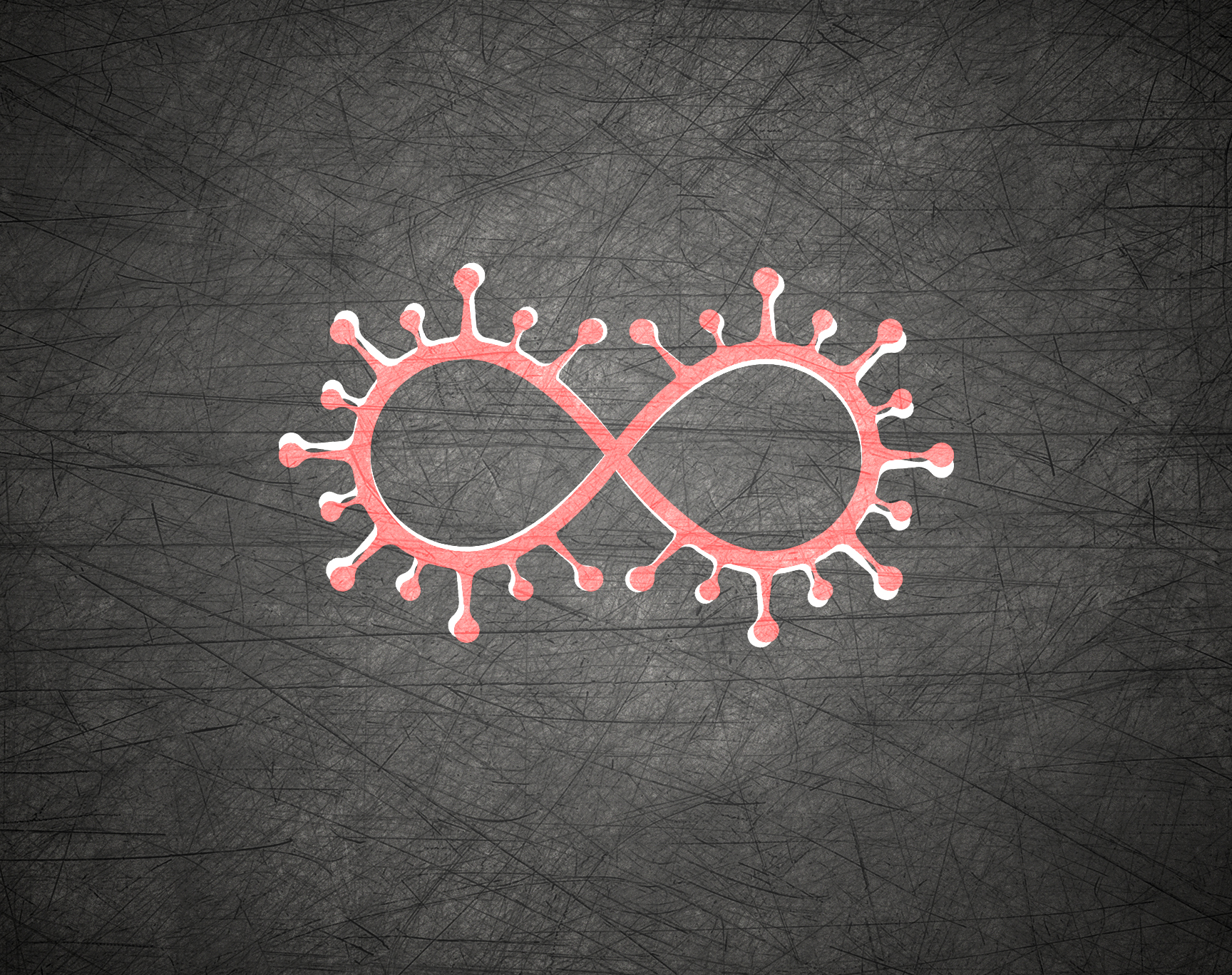The pandemic is revealing how bad our technology really is
Can't we do better?


Earlier this year, when you could do radical things like go outside and be around other people, I went to an auto show. There was a classic car exhibit there with models from the 1920s and '30s, and the thing that struck me was how, despite being undeniably beautiful, these cars also seemed sort of, uh, bad: uncomfortable, clunky, impractical.
Fine, they were early iterations of an emerging technology. But after the upheaval of World War II came the boom of the 1950s and the rise of suburbia and car culture. Cars got better. Automatic transmissions, air conditioning, cruise control all emerged. The sheer necessity of millions needing personal transportation precipitated a reality in which cars radically improved.
Now we're living through what may well be another history-altering period. And as tens of millions of people shelter in place or work from home due to the coronavirus pandemic, they are running up against the fact that, much like those early classic cars, a lot of today's digital tech is, uh, bad: Video calls are confusing and low quality, collaborative work software has hardly changed in years, online shopping is struggling to keep up. Meanwhile the tech itself is often expensive or clunky.
The Week
Escape your echo chamber. Get the facts behind the news, plus analysis from multiple perspectives.

Sign up for The Week's Free Newsletters
From our morning news briefing to a weekly Good News Newsletter, get the best of The Week delivered directly to your inbox.
From our morning news briefing to a weekly Good News Newsletter, get the best of The Week delivered directly to your inbox.
As with cars in the '50s, will the inertia of sudden social change, this time brought on by a pandemic, force technology to get better?
As noted tech analyst Benedict Evans argues, the pandemic and its related effects on how people work and interact is like a giant forced experiment. People who have never participated in a video conference or bought groceries online are now doing these things for the first time, because they have little other choice. But this is often unnecessarily complicated, and already we're seeing signs that users want an easier interface. One reason video call app Zoom has taken off — shockingly, it now has 300 million users compared to 10 million just a few months ago — is that it's better than Microsoft's Skype or Cisco's WebEx. You simply pass around a link and voila, you're in.
Yet even Zoom has its problems. Beyond its much publicized privacy troubles, there is the more basic problem that it shares with all other video calling software: The calls themselves are often terrible. Voices drop in and out, streams regularly freeze, and even the sound quality is subpar. Despite the fact that videoconferencing technology has been around for a couple of decades, the actual reliability and quality of calls hasn't kept pace. Unlike, say, video games or streaming video, the leaps in quality simply haven't happened.
At least one reason this is true is that home WiFi is awful for many. The pandemic has forced people to sit in odd corners of their houses or apartments to get the best signal, an absurd reality in 2020. Yes, it's true, you can install a mesh network from companies like Eero (purchased by Amazon), Google, or Linksys, but those often cost hundreds of dollars. The basic functionality of the wireless tech most people rely on needs to get a lot better.
A free daily email with the biggest news stories of the day – and the best features from TheWeek.com
As we navigate this shift, it's worth remembering that technology should be intuitive and seamless. Anyone should be able to use it. Consider online shopping. While it is second nature to those who are used to it, novices are often baffled by how things work: the obscure magic through which certain products on Amazon are displayed, how to get the best prices, or why and which delivery fees and service charges are levied. Watching my parents try to navigate these things, I'm half tempted to suggest all tech should be judged by a kind of "senior standard": Can an elderly person without much experience with technology use a service or gadget? If the answer is no, then it's time to rethink it.
Recently, famed investor and inventor Marc Andreessen published a provocative essay imploring people to build things again in the aftermath of the pandemic. It was the kind of call to action some found inspiring and others eyeroll-inducing. But I think it's possible that the skeptical reaction to the essay is rooted in the fact that it asked for more new technology, rather than encouraging a change in how tech is delivered, or the role it plays in our lives. Yes, let's build more, but let's make the tools we have work better for more people so their benefits can be more evenly distributed.
The things we can do with technology are incredible: We can talk to people around the world, enrich our lives, inform ourselves. During this pandemic, the internet and social media have been a lifeline for billions. Still, perhaps like people did once those early cars proved inadequate, we might look at what we have now and ask: Why isn't this better?
Want more essential commentary and analysis like this delivered straight to your inbox? Sign up for The Week's "Today's best articles" newsletter here.
Navneet Alang is a technology and culture writer based out of Toronto. His work has appeared in The Atlantic, New Republic, Globe and Mail, and Hazlitt.
-
 Do unvaccinated COVID patients deserve scarce care? A doctor weighs in.
Do unvaccinated COVID patients deserve scarce care? A doctor weighs in.The Explainer Justice, judgment, and the last ICU bed
-
 How to vaccinate the anti-vaxxers
How to vaccinate the anti-vaxxersThe Explainer Instead of blaming people for not doing the right thing, let's focus on eliminating the obstacles to vaccination that still remain
-
 The U.S. could double its COVID-19 vaccine availability overnight. What's the holdup?
The U.S. could double its COVID-19 vaccine availability overnight. What's the holdup?The Explainer How the FDA could approve a more efficient vaccine rollout
-
 The October Surprise nobody wanted
The October Surprise nobody wantedThe Explainer Trump has COVID-19. Really, 2020?
-
 Life is worth living
Life is worth livingThe Explainer What's driving America's rising suicide rate?
-
 Social workers are masters at de-escalation. Here's what the police can learn from them.
Social workers are masters at de-escalation. Here's what the police can learn from them.The Explainer Knowing how to peacefully resolve conflict, rather than exacerbate it, can save lives
-
 Settling in for the long pandemic
Settling in for the long pandemicThe Explainer Life won't be back to "normal" anytime soon
-
 Sports reveal how much America is trailing the rest of the world
Sports reveal how much America is trailing the rest of the worldThe Explainer MLS and other American leagues are stumbling through their pandemic restart plans



